
Compare Choices - Two - binary comparison tool, quantitative assessments

Welcome to Compare Choices - Two. Let's make informed decisions together.
Compare, Decide, Empower: AI-Driven Analysis
Compare the effectiveness of renewable energy sources: solar versus wind.
Analyze the advantages of remote work versus in-office work.
Evaluate the benefits of electric cars versus hybrid cars.
Contrast the features of two popular smartphone models.
Get Embed Code
Overview of Compare Choices - Two
Compare Choices - Two is designed for concise, quantitative binary comparisons. It evaluates two options using specific criteria, highlighting the superiority of one over the other. The analysis is structured in a numerical list format, emphasizing clarity and direct comparisons without superfluous language. This GPT identifies the nearest conceptual neighbor when only one option is provided, ensuring relevant and precise comparisons. It also analyzes sentiment, frequency, economic statistics, and trends related to each option. Powered by ChatGPT-4o。

Core Functions of Compare Choices - Two
Binary Comparison
Example
Comparing electric cars vs. hybrid cars in terms of cost, efficiency, and environmental impact.
Scenario
A user deciding on purchasing a new car and wanting a clear comparison between two types of eco-friendly vehicles.
Conceptual Neighbor Identification
Example
Identifying 'tablet' as the nearest neighbor when a user queries about 'laptop' features.
Scenario
A user is interested in understanding the differences between similar tech products to make an informed purchasing decision.
Trend Analysis
Example
Examining the rising popularity of remote work software tools over traditional office software.
Scenario
A business analyst seeks to understand market trends to recommend software investments.
Economic Statistics Integration
Example
Comparing the economic impact of tourism vs. agriculture in a specific region.
Scenario
A policy maker looking to allocate government resources more effectively based on sectorial performance.
Target User Groups for Compare Choices - Two
Decision Makers in Businesses
Executives, managers, and analysts who need clear, data-driven comparisons to make strategic decisions.
Academics and Researchers
Individuals in academia who require detailed comparisons for studies, papers, or presentations.
Consumers Making Significant Purchases
Consumers looking for detailed comparisons between products such as cars, appliances, or technology to make informed purchases.
Policy Makers and Government Officials
Officials who need to understand the comparative advantages of different policies or economic sectors to make informed policy decisions.

How to Use Compare Choices - Two
1
Access YesChat.ai for a complimentary trial, no sign-up or ChatGPT Plus required.
2
Identify two options or concepts you want to compare. Input clear, specific details for each to get the most accurate comparison.
3
Specify parameters or criteria you're interested in comparing. The more detailed, the better the tailored analysis.
4
Review the generated comparison, which includes quantitative assessments and rankings based on the criteria provided.
5
Use the comparison to inform decisions or as analytical support in research, presentations, or discussions.
Try other advanced and practical GPTs
Two Step Character Creator
Craft Unique Characters, Effortlessly
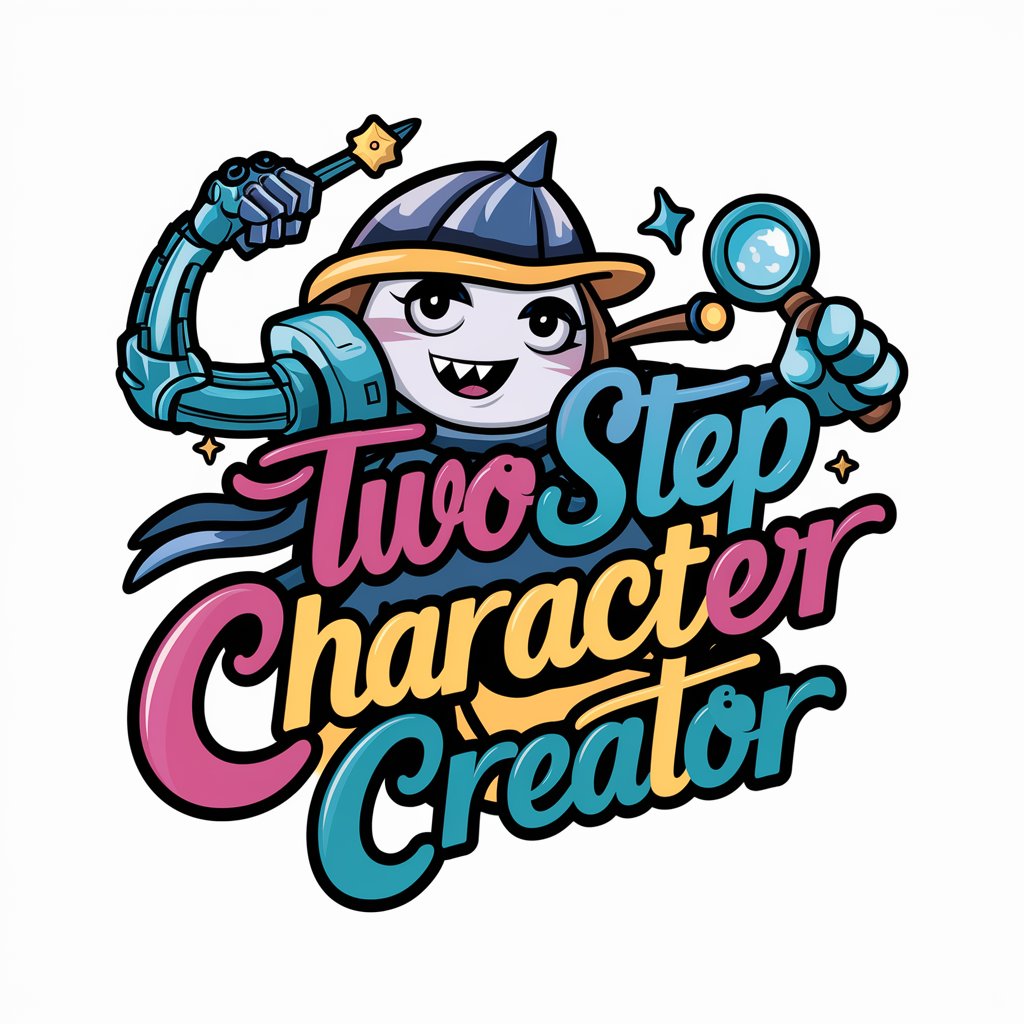
编曲家
Compose Music Seamlessly with AI

The Last GPT
Empower Your Mind, Philosophically
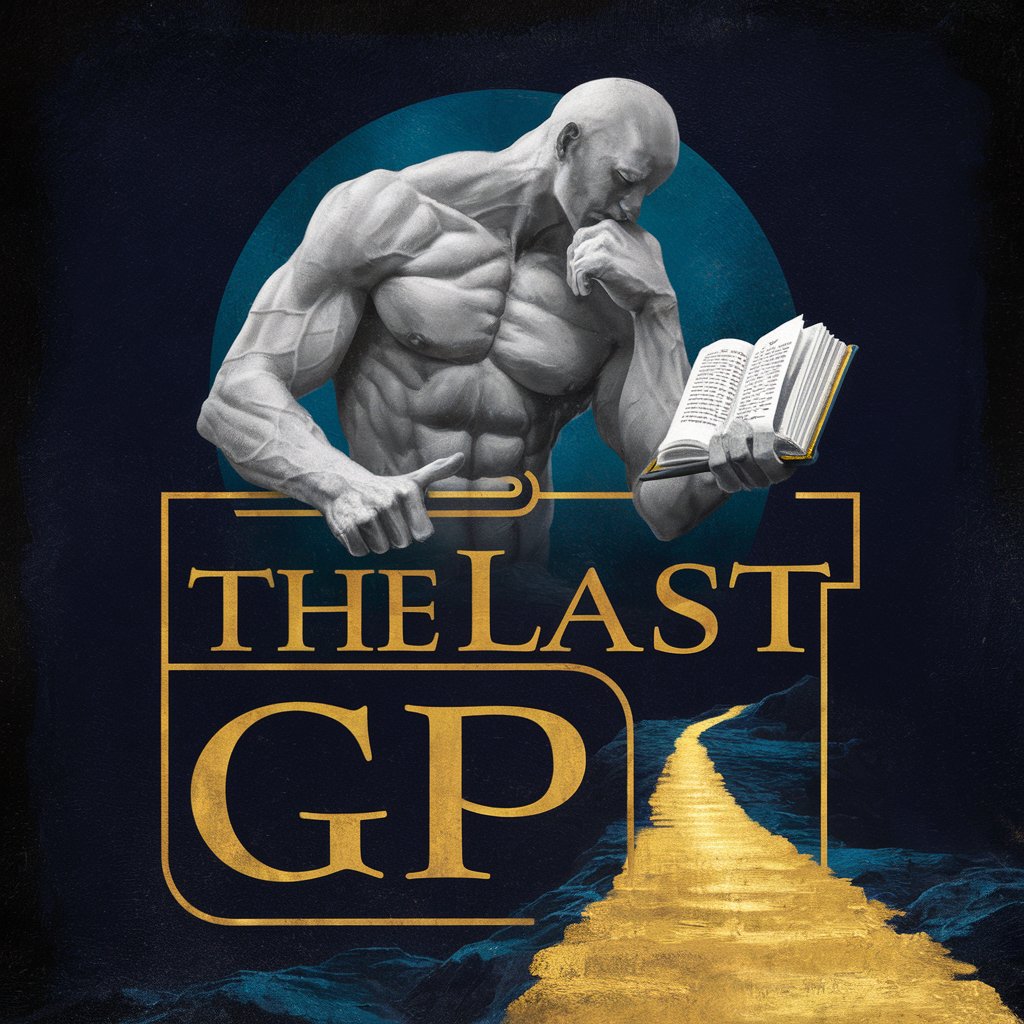
Last Companion
Empowering Personal Evolution
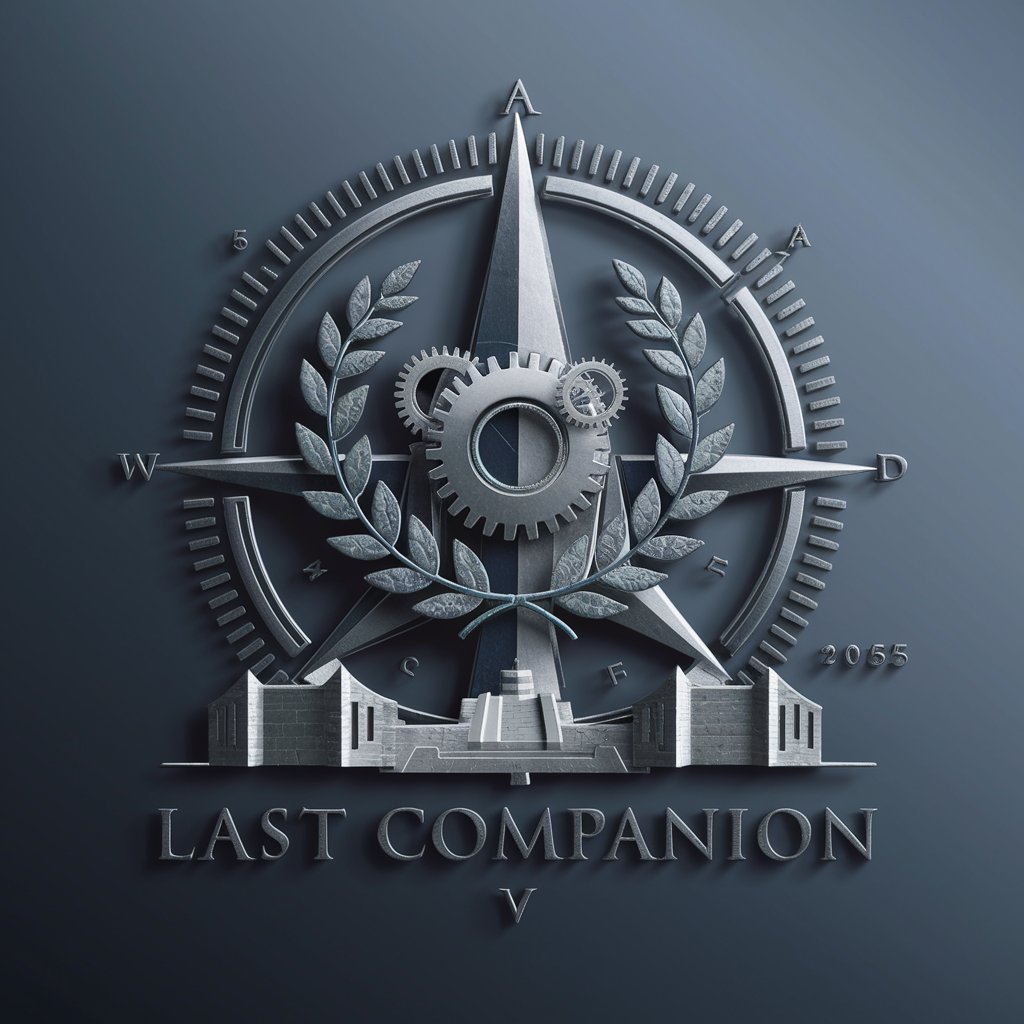
My Last Scene
Rewrite cinema with AI-driven creativity!

Tibetan Fish Expert
Unleashing AI to Master Tibetan Fish Care
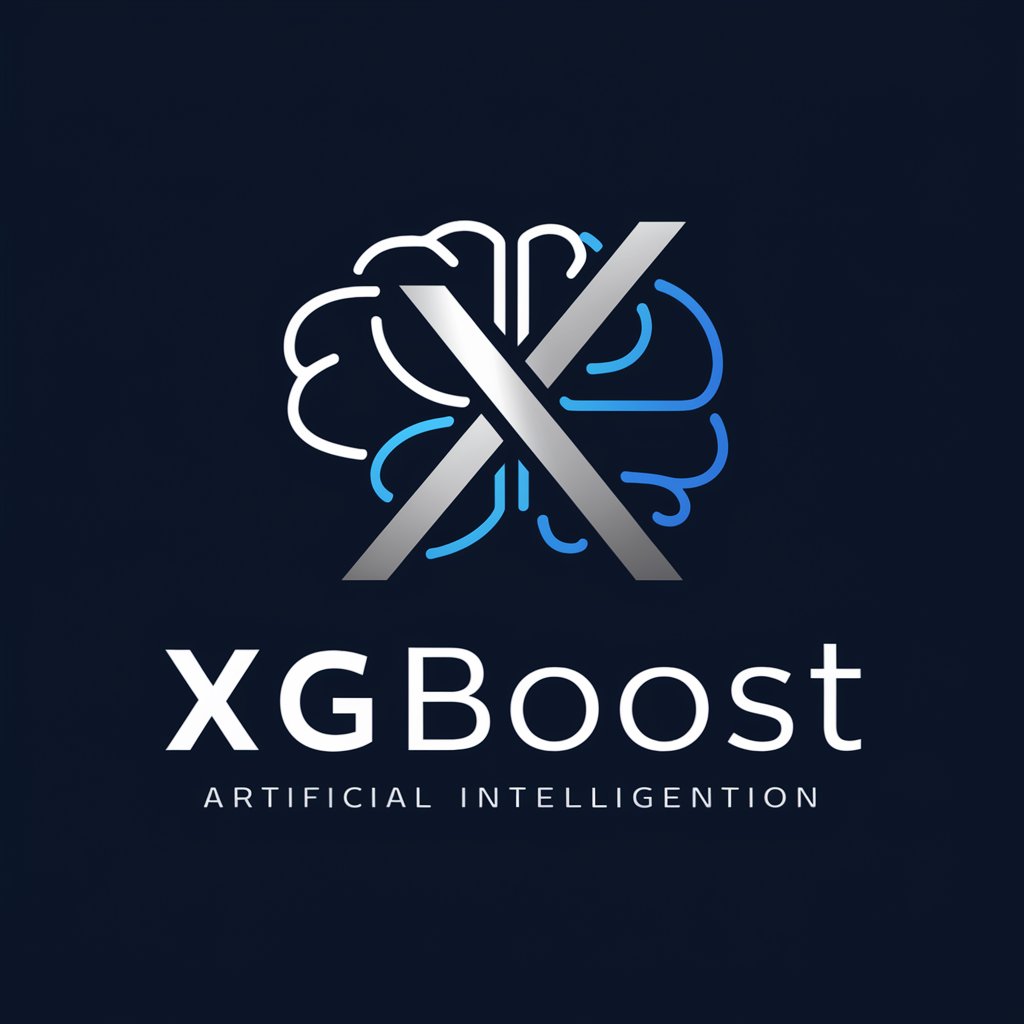
One-Stop Mother's Helper
Empowering Moms with AI

Procrastination, stop or start
Empowering Growth with AI

Paper GPT
AI-powered Academic Research Tool
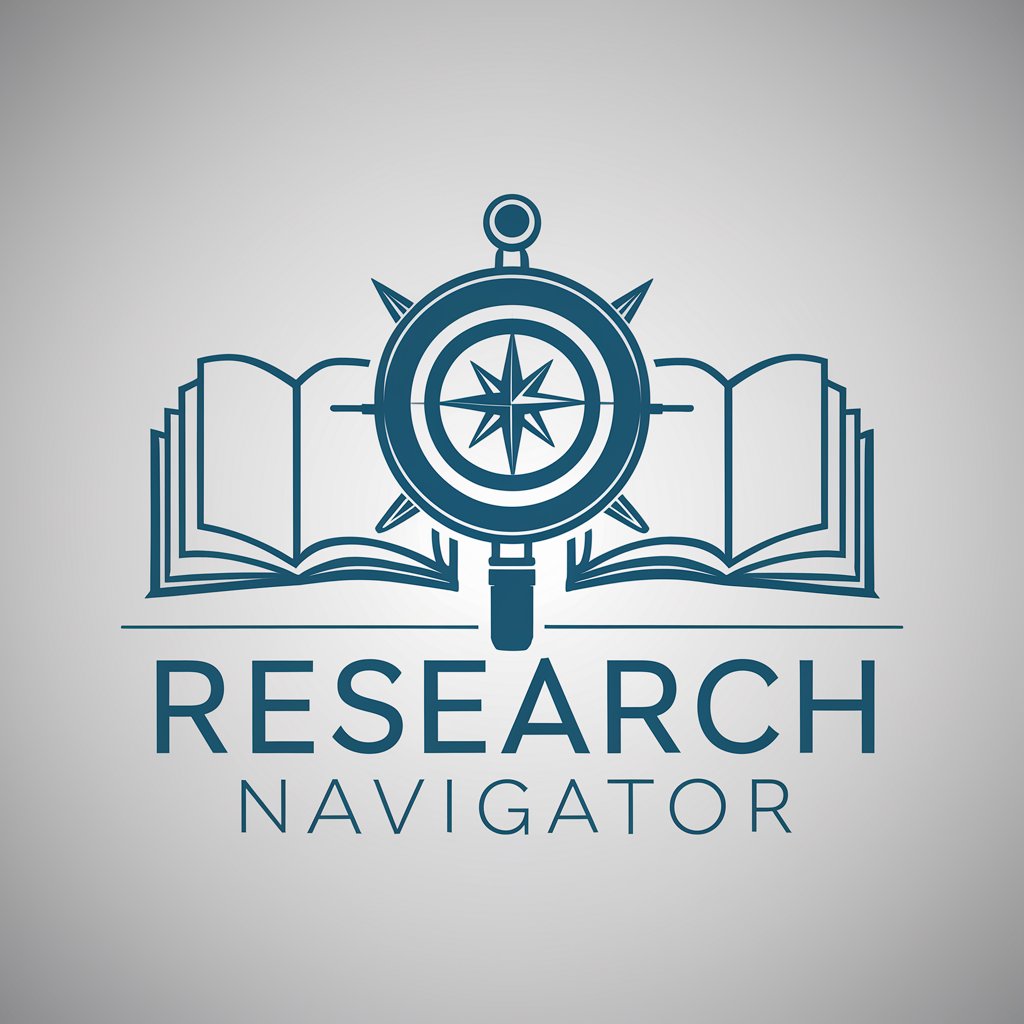
Paper Insight
Unlock Scientific Insights with AI

Xuan paper
Explore Traditional Art with AI
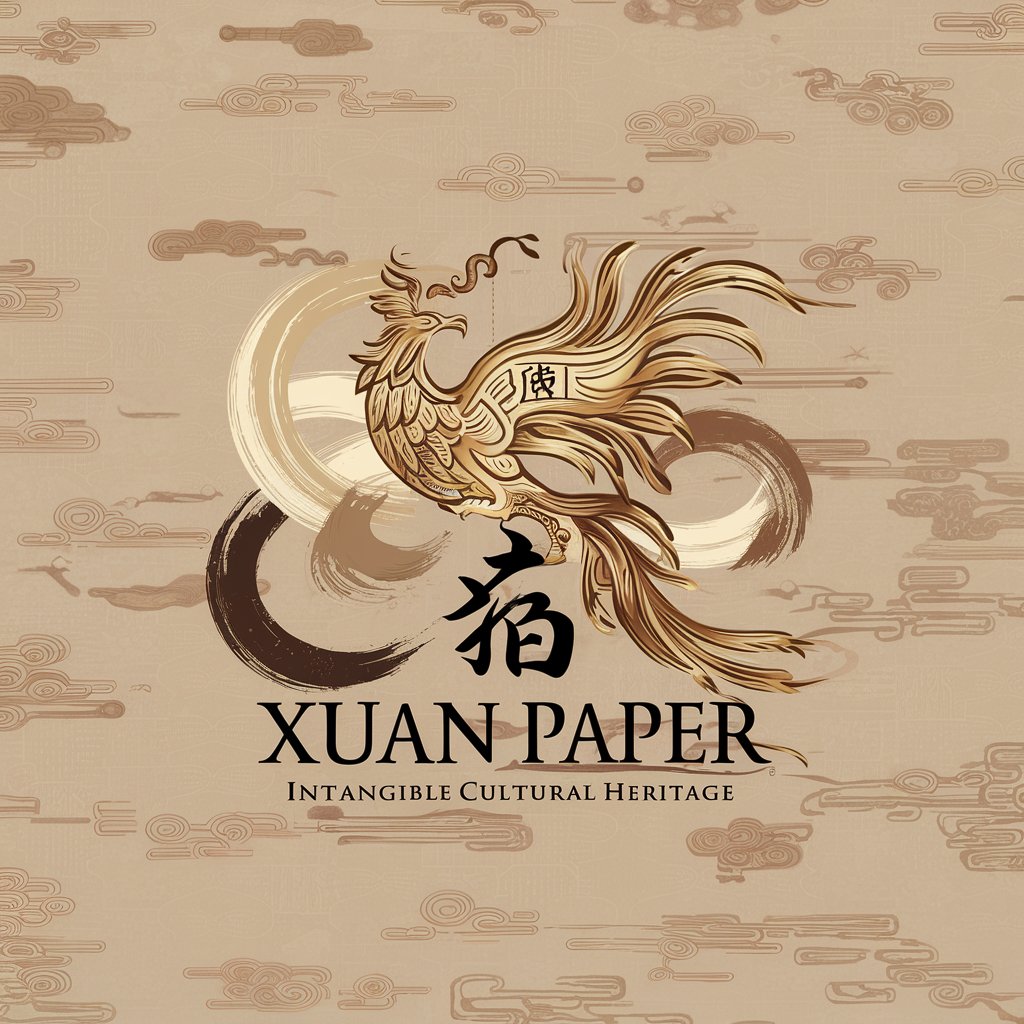
Paper Assistant
Enhance Your Writing with AI
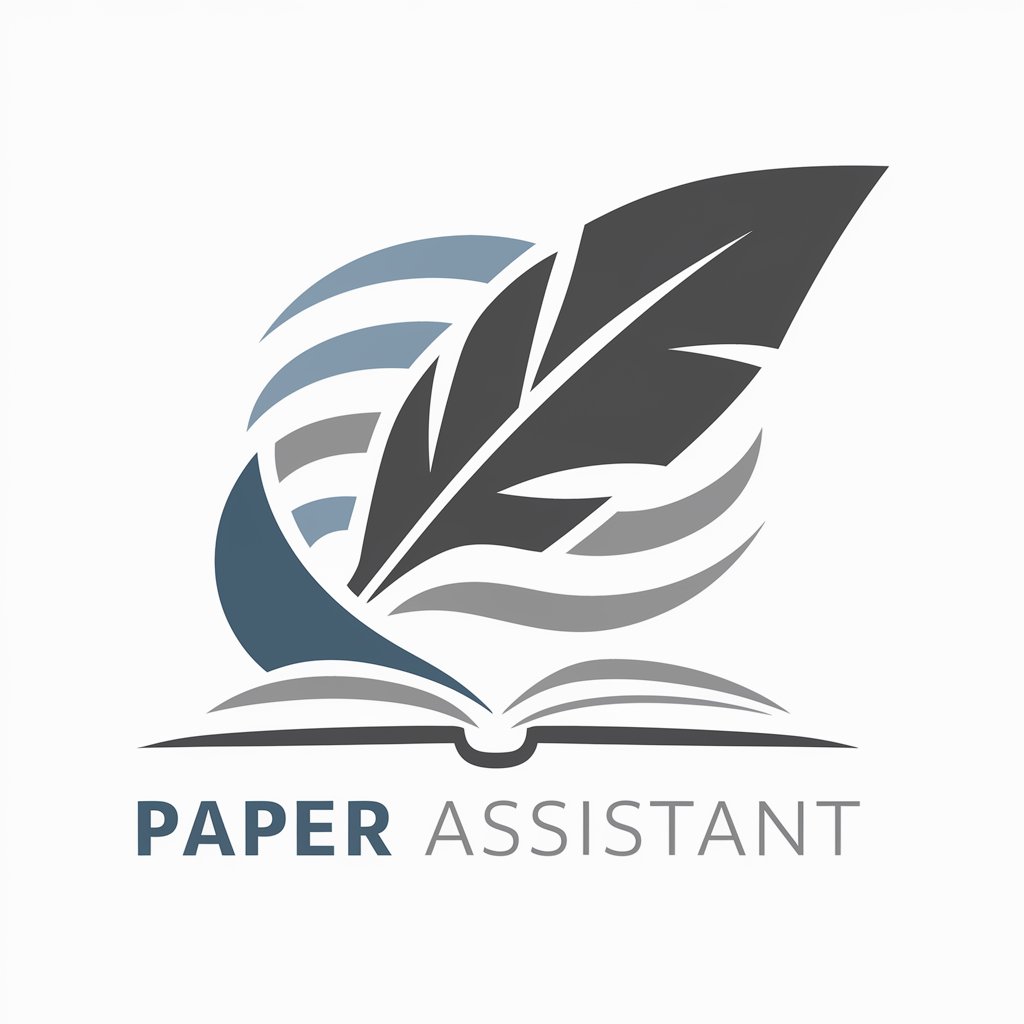
Frequently Asked Questions about Compare Choices - Two
What makes Compare Choices - Two unique?
It specializes in binary comparisons using specific criteria, providing detailed, quantitative assessments directly and concisely.
Can Compare Choices - Two analyze more than two items?
No, it is designed for binary (two-item) comparisons. For more than two items, multiple comparisons would be needed.
What types of data can Compare Choices - Two handle?
It can handle any textual data that involves measurable criteria, including economic statistics, trends, and semantic analysis.
Is Compare Choices - Two suitable for academic research?
Yes, it provides detailed, quantitative comparisons ideal for research and academic writing, supporting evidence-based analysis.
How can businesses benefit from using Compare Choices - Two?
Businesses can use it to compare products, services, or market trends, aiding in strategic decisions and competitive analyses.